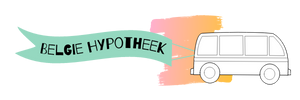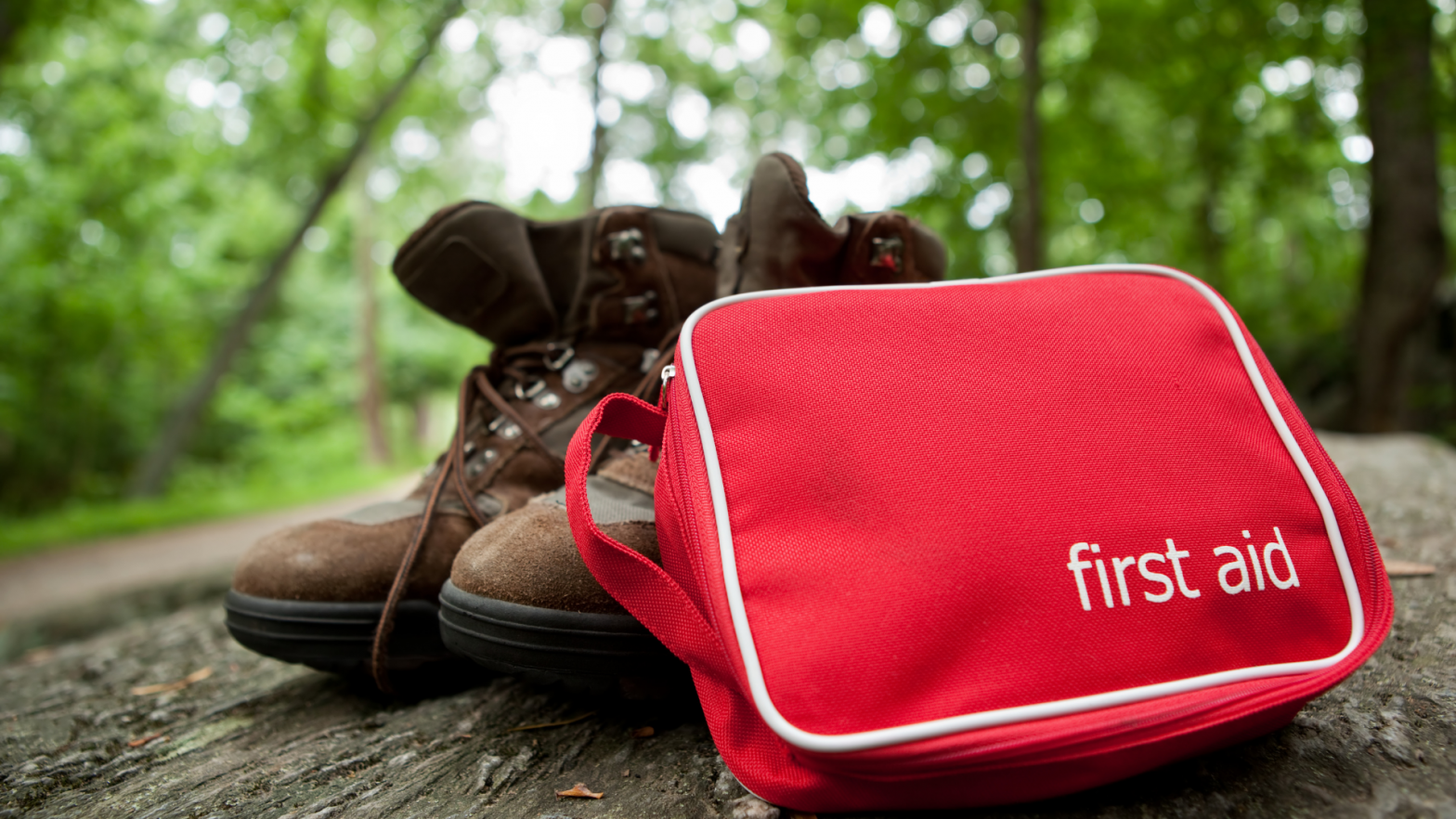Camping is one of the most exciting and thrilling things you can do in the great outdoors. You get to be outside, enjoy the great outdoors, and spend time with family and friends. However, there is one thing that you can’t experience if you’re camping: your first aid kit and this is where a checklist comes in handy.
- Band-aids, gauze, medical tape, small scissors, antibiotic cream, antiseptic wipes or hand sanitizer, ace bandage, as well as butterfly bandages for more serious cuts or deep wounds
The list of first-aid supplies you need for a long-term trip can be overwhelming. You need to prepare for everything from cuts and bruises to snakebites, chapped lips, and blisters. This preparedness can be especially helpful when you take a trip to a remote area.
- Ibuprofen or other pain killers, and Benadryl or hydrocortisone cream for allergic reactions and for taking the swelling and itch out of bug bites
There are many situations where you will need first aid supplies or a first aid kit. If you travel to a new place, go hiking or camping, get a cut, scrape, or bruise, or suffer from an allergic reaction to a plant or food, a first aid kit is a must-have.
- Flashlight or small penlight for nighttime medical emergencies
You never know when you may need to use a flashlight or small penlight to treat an injury, but finding the one you need can be a real pain. In a pinch, you can use your phone’s flashlight app, but if you have an iPhone, you’ll have to use the keyboard. Android users have more options, but you’re still limited. Maybe you have one of those cheap penlights in your backpack, but it only works for a few minutes. Or maybe you have a flashlight that uses CR2032 batteries, but you’re running low. What you need is a dependable, compact, and easy-to-use flashlight that you can take on the road and keep in your car.
- Any necessary prescription medications
This is an easy one. While every person’s personal needs will be slightly different, there’s only one thing that should be on your first-aid kit, and that is a prescription medication. There are so many different reasons why you should have prescription medications. The main one is that they can revive you if you get too tired or sick. The other thing is that they can help you control your weight or other health problems.
- Insect spray, aspirin, and sun lotion
Insect-repellent, aspirin, and sun lotion are pretty popular among backpackers, but given a chance, most of us would prefer not to have to rely on these products to stay safe from biting insects and UV rays. While a little bit of first aid can go a long way, there are a few items that are worthwhile to carry on trips, regardless of how well prepared you are.
- Hydrogen peroxide, bandages, a thermometer, and cotton balls
Hydrogen peroxide is a powerful oxidizer or bacteria killer. It can also be used to disinfect wounds and kill fungal infections. “Blister” is an easy and effective way to keep your clothing and skin safe from infection. By soaking the cotton balls in hydrogen peroxide, you can disinfect the areas where germs can grow without exposing the rest of the skin.
- Cold compresses, heat packs, and emergency blankets
When hiking, camping, or traveling, you may run into situations where you need emergency first-aid for minor cuts and scrapes. While you could use a band-aid or a tissue, you also want to prevent any infections. One way to do this is to use cold compresses and heat packs to raise your temperature and stop the bleeding. Heat packs help stop the blood flow to the wound, while cold compresses cause the blood to clot.
- A cell phone, whistle, and pocket mirror
This is a pocket mirror, a whistle, and a cell phone, all in one compact package. Though compact, it packs an impressive array of features. If you need to hear what’s going on around you, this mirror will do the job. If you need to know the time in an emergency, then this cell phone is what you need.
A compact first aid kit is better than a larger one size, especially for camping trips. The compact version is easier to pack and can be stashed in your luggage if you are traveling for a few days.

